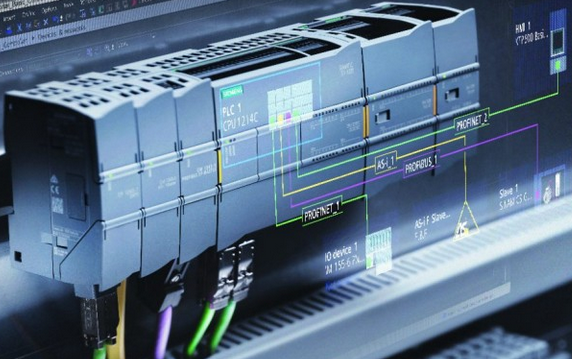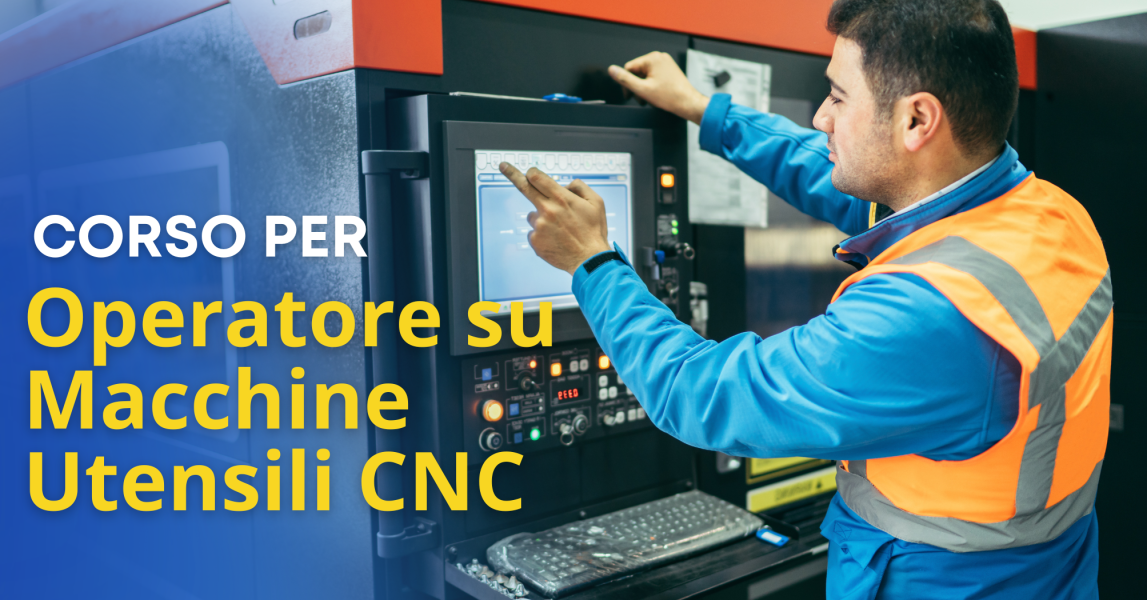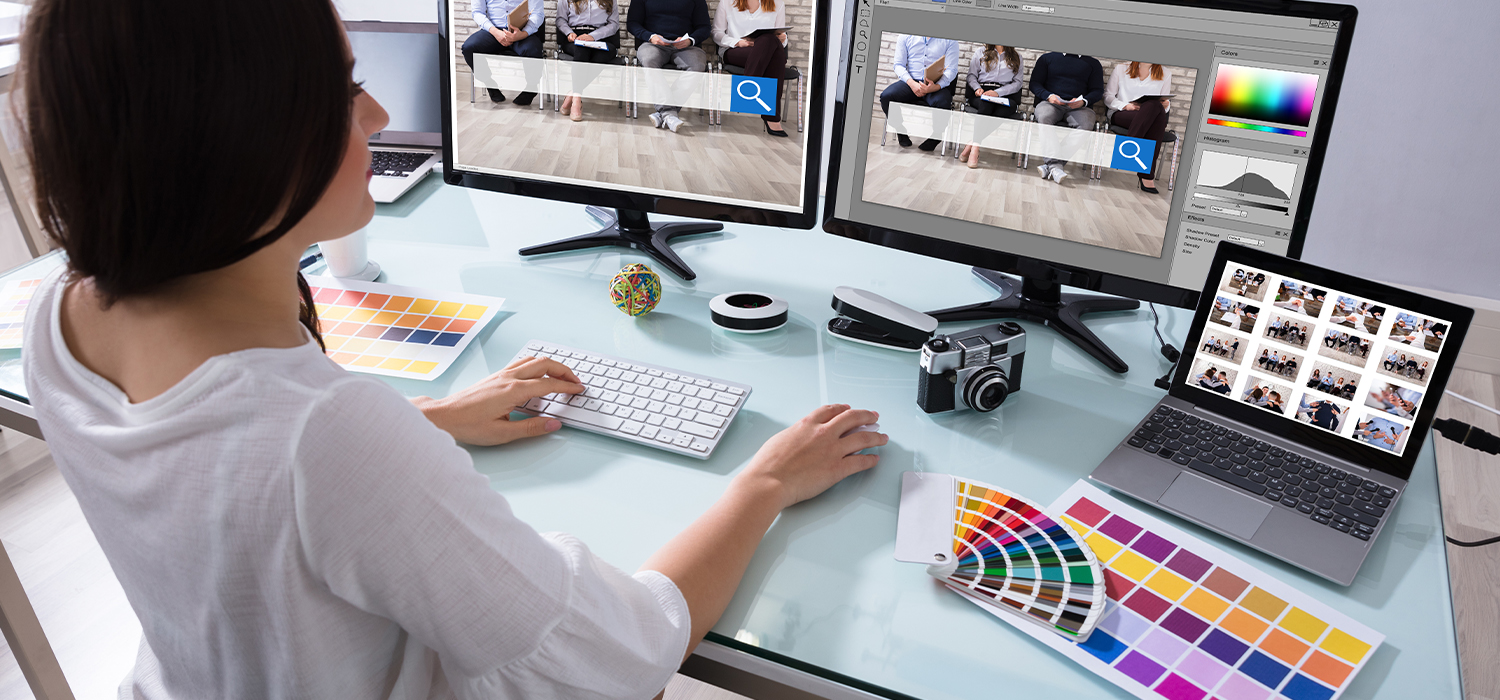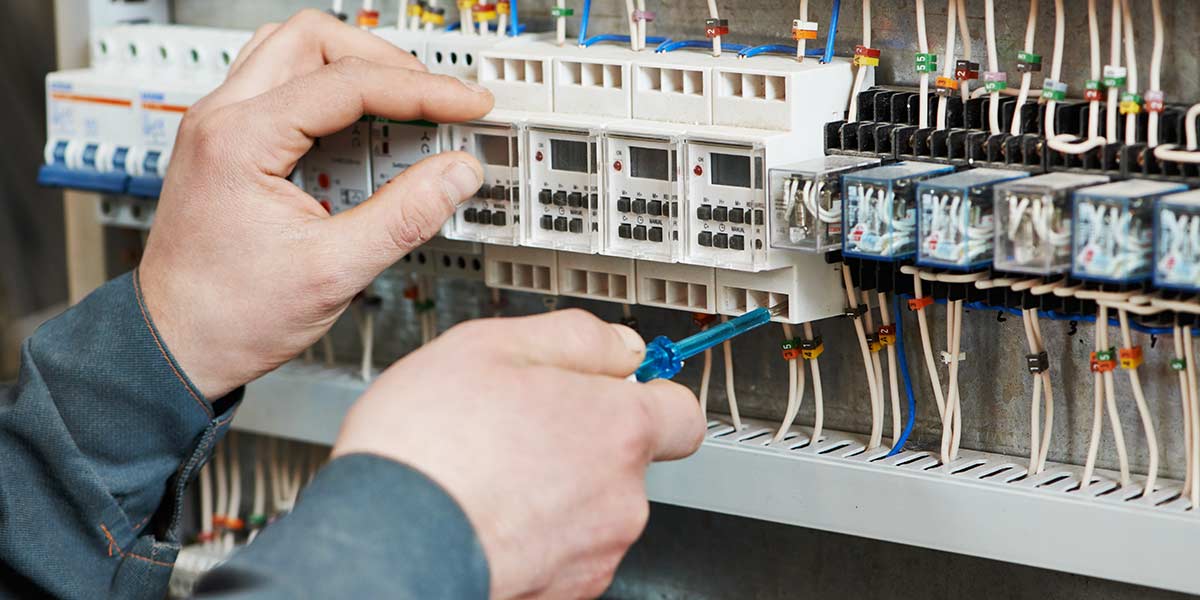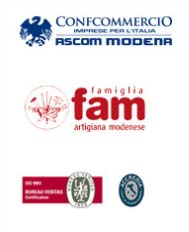It was my first time visiting this facility for the CQC renewal course.
I obviously had access to the meeting room on the ground floor, and I must say it is spacious, well-equipped, and comfortable.
On the ground floor, there is a small room with a coffee machine and a water dispenser, so light refreshments are available during breaks.
As with any proper facility, there is a caretaker, the premises are served by parking spaces — unfortunately paid — and for those coming from Modena, it is also reachable on foot or by bike.
Graphic Design and Multimedia Communication
Target Audience
Young people and adults who are unemployed or inactive, Italian or foreign citizens with at least B1 level of Italian language proficiency, residing or domiciled in Emilia-Romagna, and holding a high school diploma.
The course is particularly suitable for those wishing to enter or re-skill in the fields of communication, graphic design, and digital media, acquiring operational skills applicable in both national and international contexts.
Learning Objectives
The course aims to train a professional capable of:
Designing and producing graphic and multimedia content for visual communication;
Managing digital and multimedia content across different platforms;
Applying quality protocols and multimedia production standards;
Using advanced software for graphics, video, web design, and animation;
Collaborating with creative and technical teams in the development of communication projects.
Training Content by Competence Unit (CU)
COMPETENCE UNIT 1 – Analysis of Communication Needs
Main contents:
Collection and analysis of contextual information to understand the company’s communication system.
Application of listening and research techniques to identify informational and relational needs.
Study of target audiences, channels, and internal/external communication flows.
Development of communication strategies consistent with organizational objectives.
Expected result:
Communication needs clearly identified and consistent with the organizational context.
Preliminary communication strategies defined based on collected data and identified requirements.
COMPETENCE UNIT 2 – Design of the Communication Plan
Main contents:
Definition of communication objectives, target audiences, tools, and channels.
Structuring of the communication plan according to available timeframes, costs, and resources.
Development of indicators for evaluating the effectiveness and efficiency of communication actions.
Application of regulations on privacy, copyright, and intellectual property.
Expected result:
Communication plan developed with its strategic and operational components.
Documentation consistent with objectives, constraints, and quality standards of the communication project.
COMPETENCE UNIT 3 – Implementation of the Communication Plan
Main contents:
Operational planning of activities and phases of implementation.
Selection of the most effective communication channels for the identified target audience.
Management of networks involving collaborators, suppliers, and media partners.
Monitoring of timelines, costs, and outcomes to ensure communication efficiency.
Expected result:
Communication plan implemented consistently with strategic objectives.
Actions carried out effectively, with control over timing, costs, and expected results.
COMPETENCE UNIT 4 – Creation of Communication Content
Main contents:
Production of texts, graphic materials, and audiovisual content for various communication channels.
Use of software for layout design, presentations, and digital content creation.
Application of writing and storytelling techniques for professional communication.
Adaptation of content to the target audience, ensuring clarity, conciseness, and visual effectiveness.
Expected result:
Communication materials produced clearly and correctly, aligned with the intended message.
Textual, graphic, and multimedia content developed in line with the communication plan.
Course Duration
600 hours, including 240 hours of internship.
Career Opportunities
The course prepares professionals able to work in contexts such as:
Communication and marketing agencies
Graphic and web design studios
Multimedia and video content production
Corporate communication departments
Start-ups and companies in the digital and creative sectors
Graduates can enter the job market as graphic designers, web designers, digital content creators, multimedia designers, or collaborators in creative teams.
Certificate
Upon passing the final exam, participants will receive the EQF 5 Professional Qualification “Technician in Communication and Information”, recognized by the Emilia-Romagna Region.




